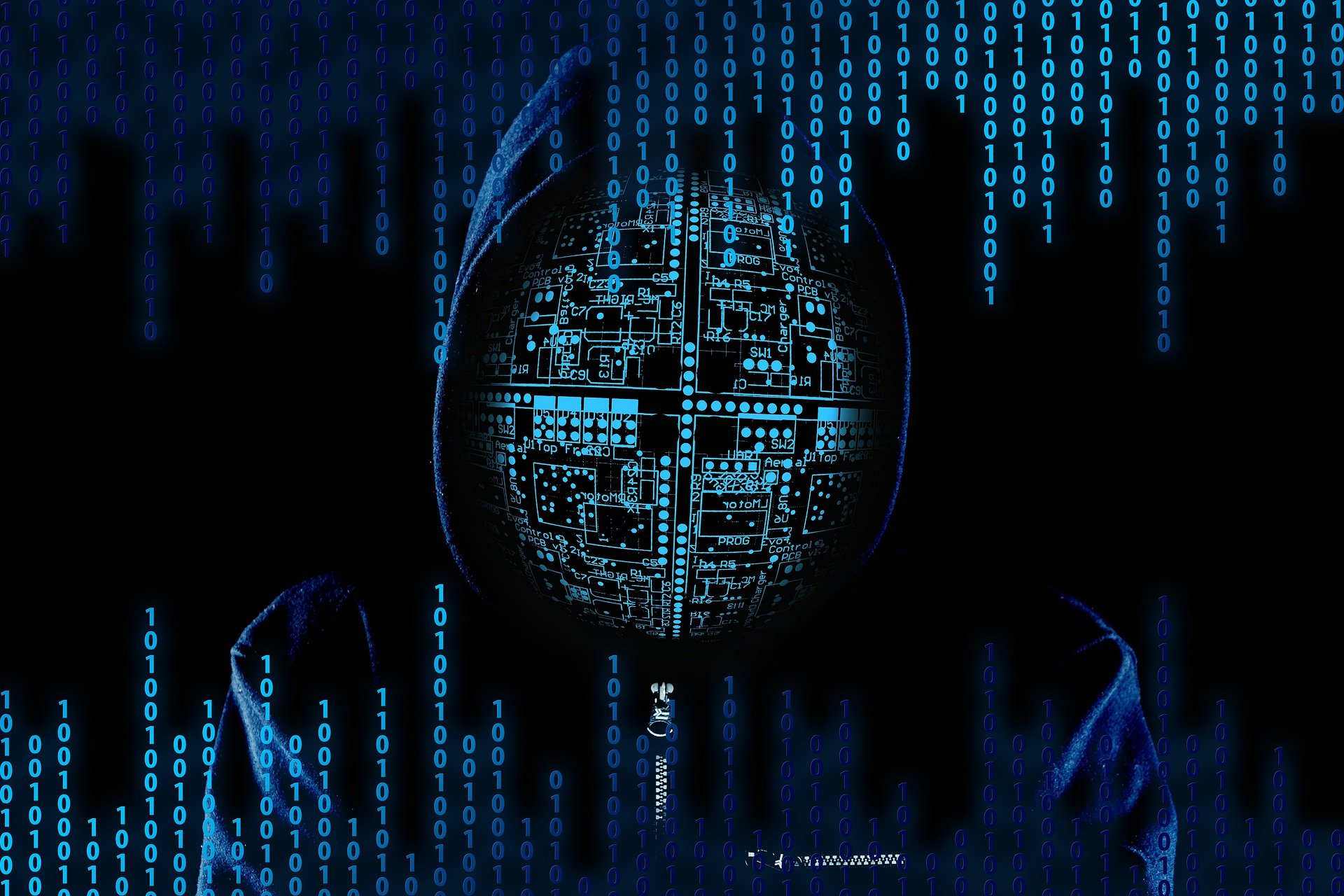
@ShahidNShah


How much larger a percentage of U.S. gross domestic product (GDP) can healthcare command?
This isn’t a rhetorical question, even if it may be difficult to come up with a direct answer. After all, between 1960 and 2018, healthcare increased as a percentage of GDP from a modest 5 percent to more than triple that at almost 18 percent. Over that time period, healthcare economists noticed the rise in healthcare costs and regularly rang the alarm bells with increasing levels of concern. That, we can be sure, had as much impact on healthcare costs as screaming at the tides to recede.
The rise in healthcare’s share of GDP would be less of a concern if it were accompanied by similar growth in productivity, i.e., caring for more people so that per capita healthcare costs grew at a much slower pace, if at all. Alas, between 1980 and 2018, per capita healthcare spending increased by 290 percent, and no, this explosion can’t be explained away by the aging of the boomer generation.
While the growth of healthcare spending has fluctuated somewhat over the last few decades, these fluctuations have never been dramatic and combine to create an inexorable rise in healthcare costs that appears to have no natural apex.
Continue reading at hitconsultant.net
LAS VEGAS, Nev.—They came for the vaccine mandate and they stayed for the face-to-face (albeit masked) networking. About 19,300 people attended the 2021 Healthcare Information and Management Systems …
Posted Aug 16, 2021 Business
Connecting innovation decision makers to authoritative information, institutions, people and insights.
Medigy accurately delivers healthcare and technology information, news and insight from around the world.
Medigy surfaces the world's best crowdsourced health tech offerings with social interactions and peer reviews.
© 2024 Netspective Media LLC. All Rights Reserved.
Built on Apr 23, 2024 at 3:40am